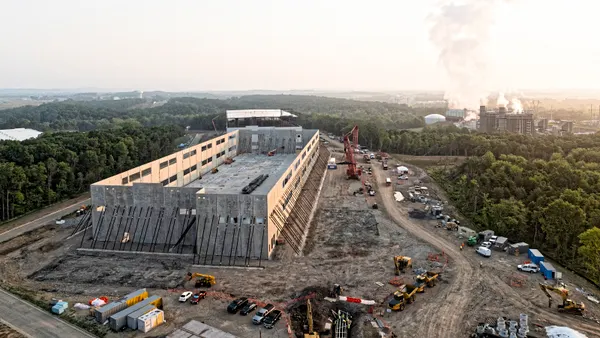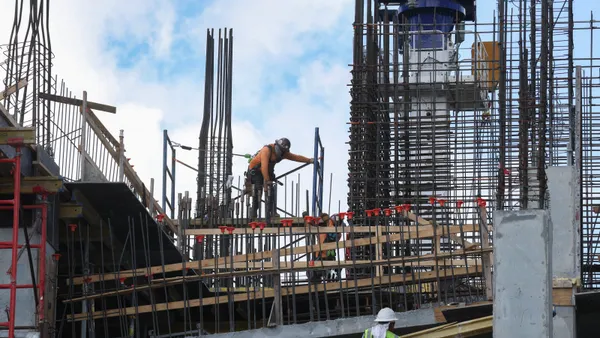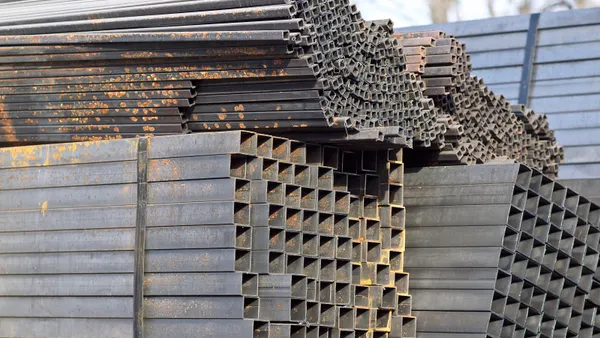Dive Brief:
-
The national median home value exceeded its pre-recession high in April at $198,000, compared to $196,600 in April 2007, but industry observers aren’t fearing another bubble, according to Zillow. The figure is up 7.3% from April 2016.
-
Listings during the month were down 7.7% from the year before, with Columbus, OH, Minneapolis and Seattle seeing their inventories drop more than 20% each. Las Vegas and Austin, TX, saw the strongest inventory growth, with listings up more than 20% each.
-
Dallas, Detroit, Orlando, FL, Seattle and Tampa, FL, posted the largest year-over-year home value increases, each rising 9.9% or more. Baltimore, Houston, San Jose, CA, and Washington, DC, had the smallest annual gains, each rising less than 4%. None of the top 35 U.S. metros saw home values decline during the period.
Dive Insight:
Despite a return to peak pre-bust levels, home prices are following an expected trajectory. This time around, however, the prices are being driven skyward by heavy demand for housing and a shortage of supply. Tight housing inventory has implications for rents, too, with would-be buyers who can’t find or can’t afford to own a home turning to the rental market.
According to Zillow, rents rose 0.7% year-over-year to $1,412 — the slowest rate of increase since November 2012 and evidence of a recent flattening in rent growth. As rent growth stagnates and home values continue to increase, Zillow reported in April, renters who could buy a home to reduce the volatility in their monthly housing costs may be less inclined to do so. Slightly lower demand for owned homes could, in turn, take the pressure off home-price growth.
Just how much this trend will impact housing prices is to be determined. An April study by Zillow found that households paying the median U.S. rent were able to afford the monthly costs associated with owning a home worth $289,505, approximately double the U.S. median home value. Across the 50 cities surveyed, renters in 37 could buy a home valued at more than the area's median value without shelling out more in monthly mortgage payments than they already did in rent.
Still, tight supply will continue to be a drag on the market as available listings lag demand. Insufficient inventory levels contributed to a 2.3% decline in existing-home sales in April. New-home sales followed a similar trajectory, falling off 11.4% for the month.
Buyers are optimistic, with Fannie Mae reporting that the share of respondents to its April Home Purchase Sentiment Index who say now is a good time to buy rose 5 percentage points. Builders are confident that the current environment of strong demand will mean plenty of business opportunities in the pipeline as the National Association of Home Builders/Wells Fargo Housing Market Index for May soared to its second-highest mark since the recession.












